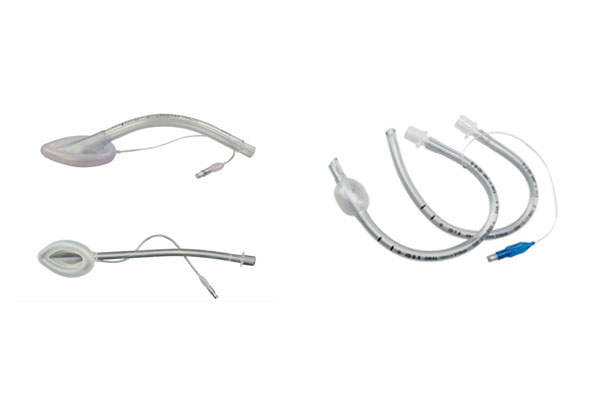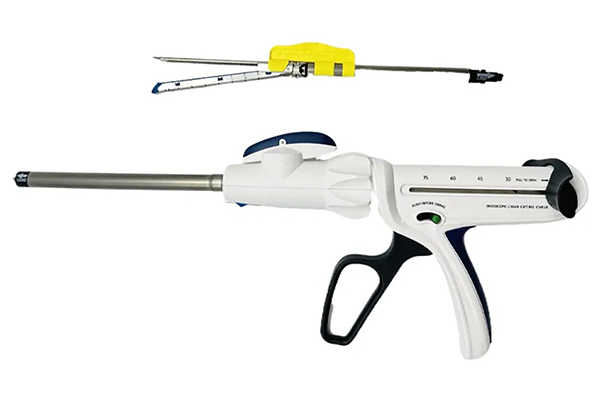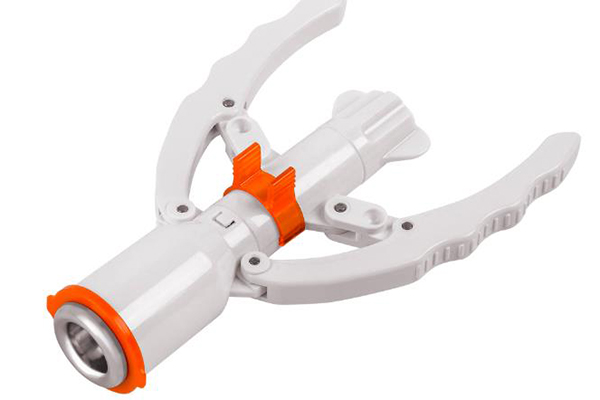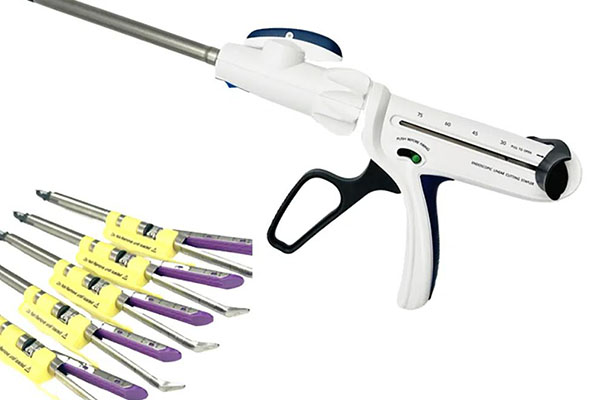
Reinkom Medical Instruments Co., Ltd
focused on disposable surgical medical instruments
What is Disposable Endo Linear Cutter Stapling
In the realm of modern minimally invasive surgery, the Disposable Endo Linear Cutter Stapling device has emerged as an indispensable tool. This innovative instrument has revolutionized the way surgeons perform various procedures, offering enhanced precision, efficiency, and patient safety.
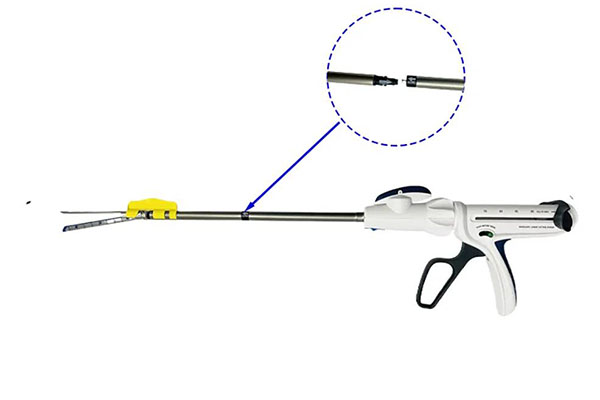
Definition and General Overview
The Disposable Endo Linear Cutter Stapling device is a medical instrument designed specifically for use in endoscopic and laparoscopic surgeries. As the name implies, it is a single - use device that combines the functions of stapling and cutting tissue. It is engineered to create a secure staple line while simultaneously dividing the tissue, eliminating the need for separate cutting and suturing steps in many cases.
Structure and Components
This device typically consists of several key components. The handle, which is ergonomically designed for easy grip and operation by the surgeon, houses the mechanical or, in some advanced models, the electromechanical actuators. The shaft, which can be of different lengths and diameters depending on the surgical application, is long and slender to allow for insertion through small incisions or trocars. At the distal end of the shaft is the cartridge, which contains the staples and the cutting blade. The staples are usually made of biocompatible materials such as titanium or stainless - steel alloys, ensuring they are safe for use within the body and can provide a strong and durable closure. The cutting blade, often made of high - quality surgical - grade steel, is sharp and precise, designed to cleanly slice through tissue as the staples are being deployed.
Working Principle
When the surgeon activates the device, a series of mechanical processes are set in motion. First, the jaws of the instrument are opened and positioned around the tissue to be stapled and cut. Once in the correct position, the surgeon closes the jaws, gently grasping the tissue. Then, when the firing mechanism is engaged, the staples are driven through the tissue. The staples are formed into a B - shape or a similar configuration, which provides a secure closure. Simultaneously, the cutting blade is propelled forward, dividing the tissue along the line of the newly formed staple line. This coordinated action of stapling and cutting occurs in a single, smooth operation, minimizing tissue trauma and bleeding.
Advantages
One of the primary advantages of the Disposable Endo Linear Cutter Stapling device is its ability to improve surgical efficiency. By combining two critical steps (stapling and cutting) into one, it significantly reduces the time spent on a particular part of the procedure. This not only shortens the overall surgical time but also decreases the patient's exposure to anesthesia. Additionally, the device offers enhanced precision. The pre - loaded staples are evenly spaced and deployed with consistent force, resulting in a more uniform and reliable staple line compared to traditional suturing methods. This reduces the risk of leaks, bleeding, and other post - operative complications. The use of a disposable device also eliminates the need for complex sterilization procedures between surgeries, reducing the risk of cross - contamination.
Applications
The Disposable Endo Linear Cutter Stapling device finds extensive use in a wide range of surgical specialties. In gastrointestinal surgery, it is commonly used for procedures such as bowel resection, where the device can quickly and effectively staple and cut the intestinal tissue. In thoracic surgery, it is utilized for lung resection, bronchial anastomosis, and esophageal procedures. In gynecological surgery, it can be used for hysterectomy, myomectomy, and tubal ligation. In urological surgery, it is applied in procedures involving the bladder, ureter, and kidney.
In conclusion, the Disposable Endo Linear Cutter Stapling device has become an essential part of modern surgical practice. Its unique design, functionality, and advantages have made it a preferred choice for surgeons worldwide, contributing to better surgical outcomes and improved patient recovery.
Previous: None
Next: What is the main purpose of circumcision?



